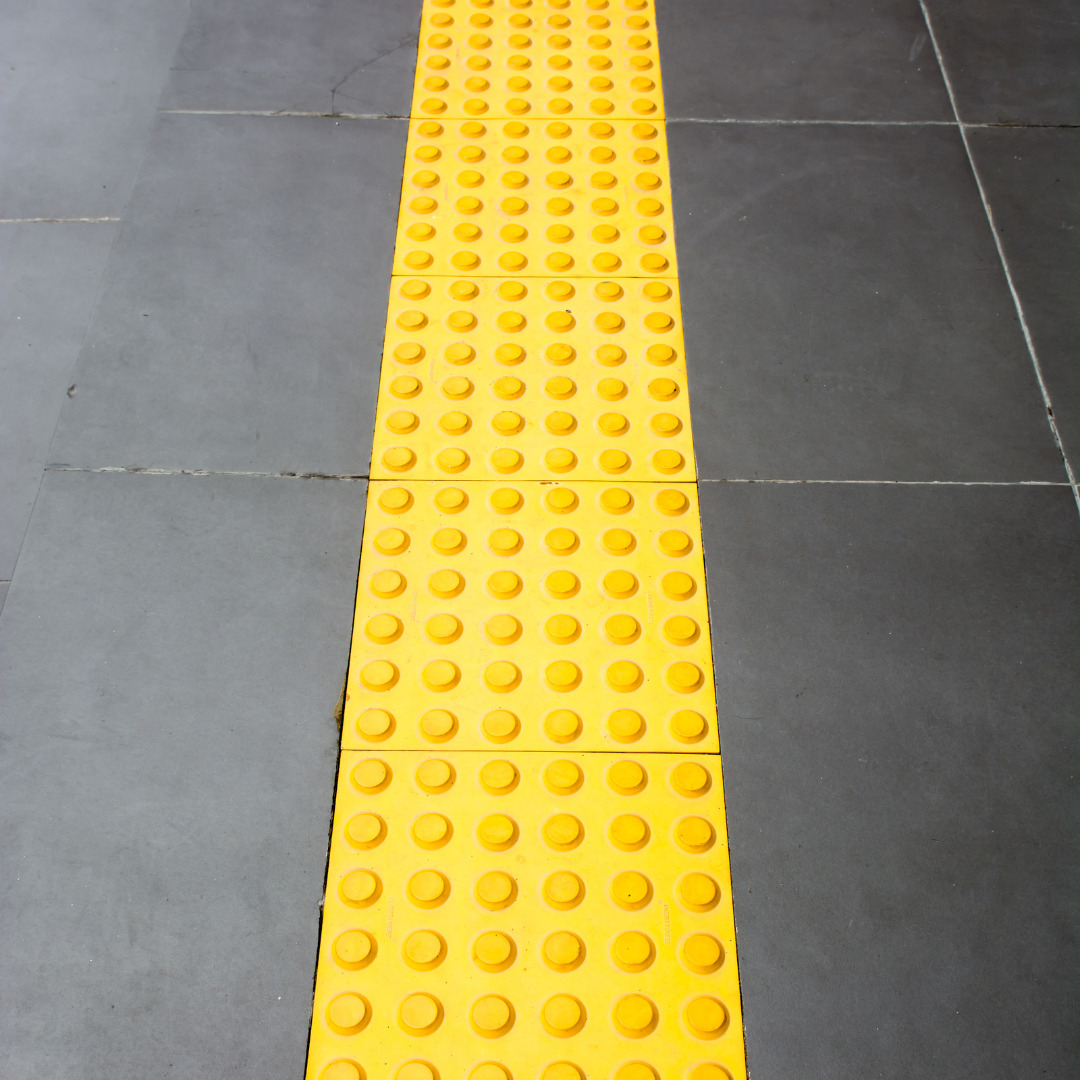Braille blocks and accessible tourism
Table of Contents
1: Japan Braille Library
2: Braille blocks spread from Takadanobaba to the rest of the world
3: Accessible tourism and sustainable tourism
1: Japan Braille Library
We want to introduce you to one of our neighborhoods and the wonderful facilities that support the visually impaired, which have spread across the country due to their presence.
The Japan Braille Library is located close to our shared office. Kazuo Honma established the Japan Braille Library in 1940 as a library for the visually impaired. Today, besides Braille books, the library offers many other services, including free lending of recorded books and magazines and an internet distribution service.

In addition, the Asian Library for the Blind Cooperation Project provides a rich supply of Braille books to the visually impaired in the Asian region. Kazuo Honma said: ‘In rights and duties, the two worlds of the sighted person and the blind person must be fair.’ These words are connected to today’s universal design and accessible design.
2: Braille blocks spread from Takadanobaba to the rest of the world
Due to the large number of visually impaired people attending the ‘Japan Braille Library,’ Tokyo Metropolitan Government installed approximately 10,000 Braille blocks (blocks for guiding the visually impaired) in Takadanobaba in 1972. These Braille blocks were the beginning of full-scale installation with public funds. Braille blocks subsequently spread around the world and made a significant contribution to the accessibility of the visually impaired to the outside.

Braille blocks began when the late Seiichi Miyake laid 230 at his own expense at a pedestrian crossing on National Route 2 near the Okayama Prefectural School for the Blind in 1967. The invention of Braille blocks was an innovation that revolutionized a world where it was taken for granted that the visually impaired were blind and therefore going out was inconvenient. This invention has enabled more than 200 million visually impaired people worldwide (with moderate to severe visual impairment) to get out and about.

3: Accessible tourism and sustainable tourism
Do you take it for granted that you must carry large luggage (checked baggage) when traveling abroad? Do you take it for granted that people who cannot carry large luggage cannot travel?
Compared to the average, people in Japan made 27% fewer trips abroad for families with infants, 13% fewer trips for people in their 60s, and 72% fewer trips for people in their 70s (JTB survey, 2019). A US study also found that 63% fewer disabled people traveled than the average (2019 Wheelchair Travel, Tourism Academy). We refer to this significant divergence in the number of trips as the ‘Travel Divide.’
We want to bridge the ‘Travel Divide’ by no need to carry large pieces of luggage (checked baggage) through our ‘clothing rental.’ By eliminating the need to carry luggage, we believe that providing a wide range of people, including families with children, the elderly, and people with disabilities, with the opportunity to travel light will lead to accessible tourism (universal tourism).

The reduction in checked baggage is also an overwhelming CO2 reduction: the CO2 reduction from not carrying 20 kg of checked baggage (round trip to Narita Airport) is equivalent to planting 186 trees. No checked baggage is a significant climate change action and sustainable tourism at its best.

Please consider using our services for accessible tourism (universal tourism) and sustainable tourism.
